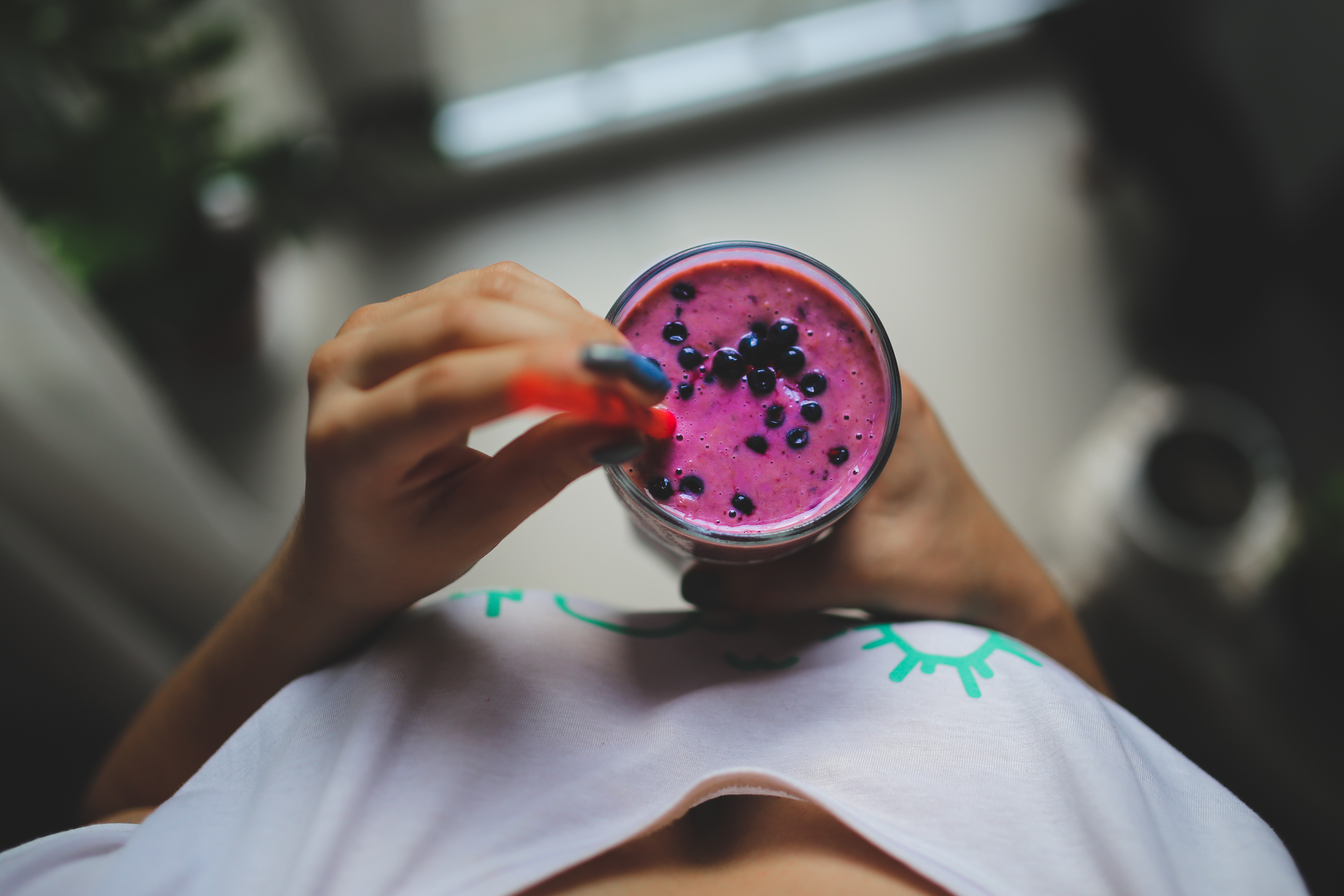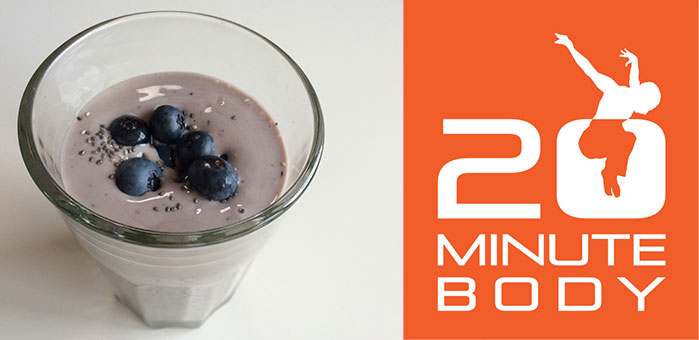Fueling up after your last rep is arguably the most important part of your day. Here’s why.
I wasn’t always into working out. As a kid, I was actually very heavy. But the more I learned about it, the more fascinated I became with the process. That is, until one day when it finally kicked in what’s actually happening to your body. Basically, with each rep or each step or each revolution of the pedals, you’re breaking down muscle – causing millions of microscopic tears to otherwise healthy fibers and leaving behind a battered, traumatized pile of meat. To use a non-medical term, Ew. It sounds disgusting and even masochistic to basically injure yourself, over and over, on purpose. But, because our bodies are capable of amazing self-repair, this elective trauma is the beginning of change. And this is where protein comes in.
The “anabolic window” – which commences after your final rep and runs about 60 minutes long – is a time period where your body is aching for the building blocks of repair and when any ingested nutrients are most likely to be used to fix whatever’s been broken. Protein, which is comprised of muscles’ most fundamental building block – amino acids – is a no-brainer during this window because it will be directly used to strengthen and improve muscles. And while books have been written about the importance of protein, we’re going to focus on the main reasons here.
1 REBUILDING MUSCLE
Like I said, workouts basically destroy muscle. As you’re learning, that’s not necessarily a bad thing. Right after a workout you need help repairing all that microtrauma to the muscle. And right after your workout, your muscles are basically open for business, holding up a big “help wanted” sign and waiting for protein to march through the door.
2 REDUCING INFLAMMATION
Protein isn’t just for helping to rebuild muscle. When you eat protein, insulin is released to help shuttle the protein into the muscles. Increasing insulin levels helps to reduce levels of cortisol, a muscle-wasting stress hormone that causes inflammation.
3 STABILIZING BLOOD SUGAR
During a workout, your body relies on blood sugar (glucose) for immediate use and stored sugars (glycogen) to replenish what gets used. So post-workout, your body is lower in blood sugar. Eating protein post-workout is a great strategy because it is digested and metabolized more slowly, helping to stabilize blood sugar so you don’t feel weak or hungry.
YOUR POST-WORKOUT STRATEGY
Now that you understand the importance of getting protein immediately after your workout, it’s time to formulate a plan. While protein prescriptions vary widely, the research supports a total of 20 to 40 grams, taken within 60 minutes of your workout. Whey is a popular choice because it is a highly effective, fast-digesting protein, but if you have issues with dairy — like I do — you can opt for a plant-based protein like those available from Vega.
You may go through a few different powders before you find one that you like. I’d recommend picking a brand that you can trust, tastes good and breaks down well in water. The great thing about powders is that you can keep them in your gym bag, along with a cheapie protein shaker so that you can mix-and-go!
Try my favorite 20 Minute Body Fat Burning Banana Blueberry Smoothie here.



 Facebook
Facebook Twitter
Twitter Youtube
Youtube Instagram
Instagram Pinterest
Pinterest